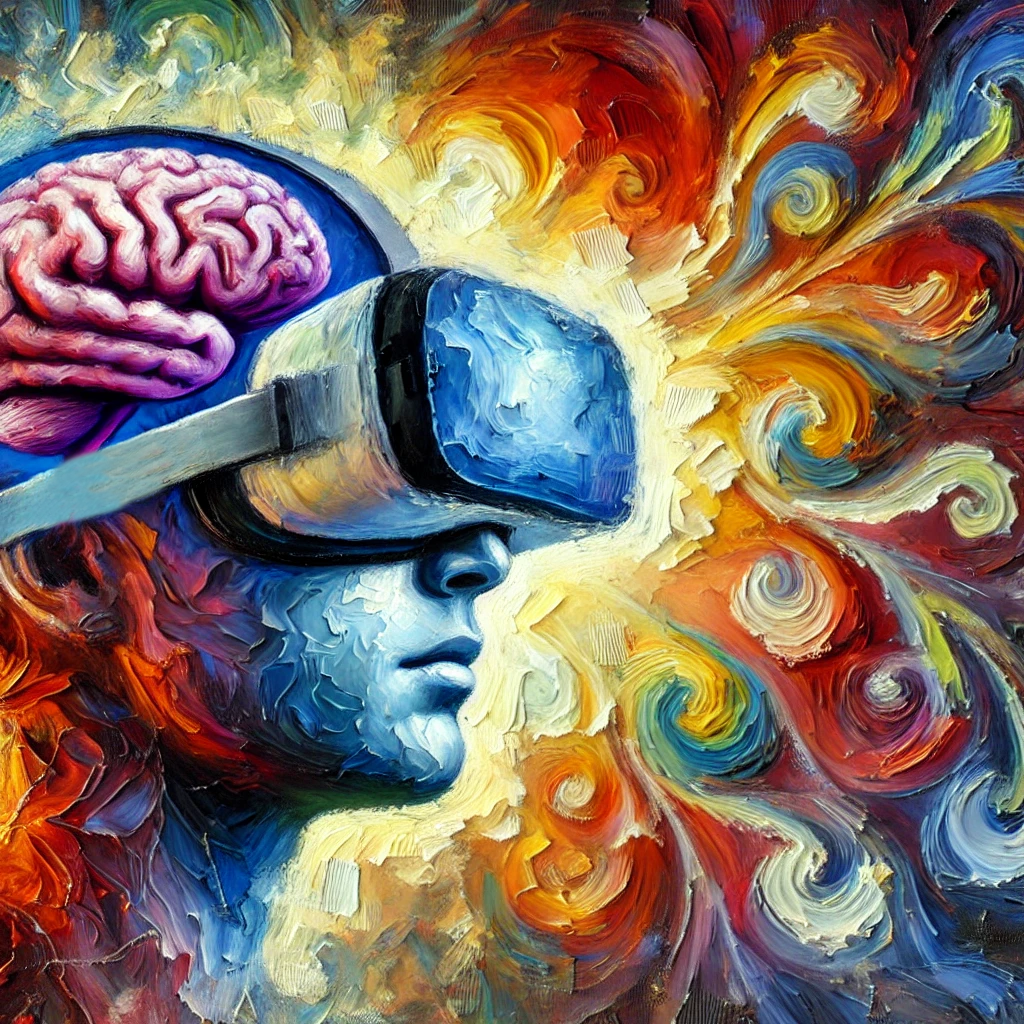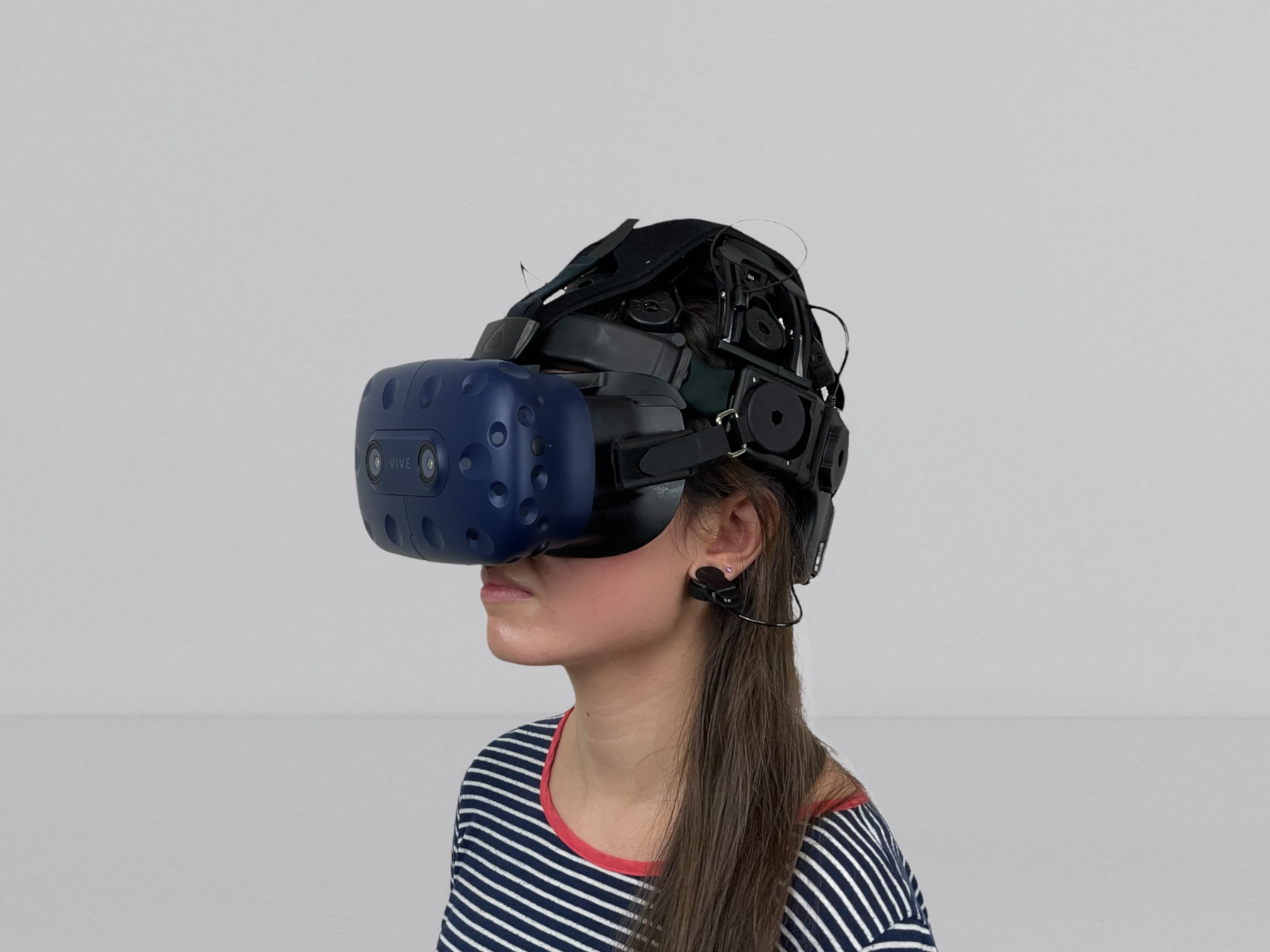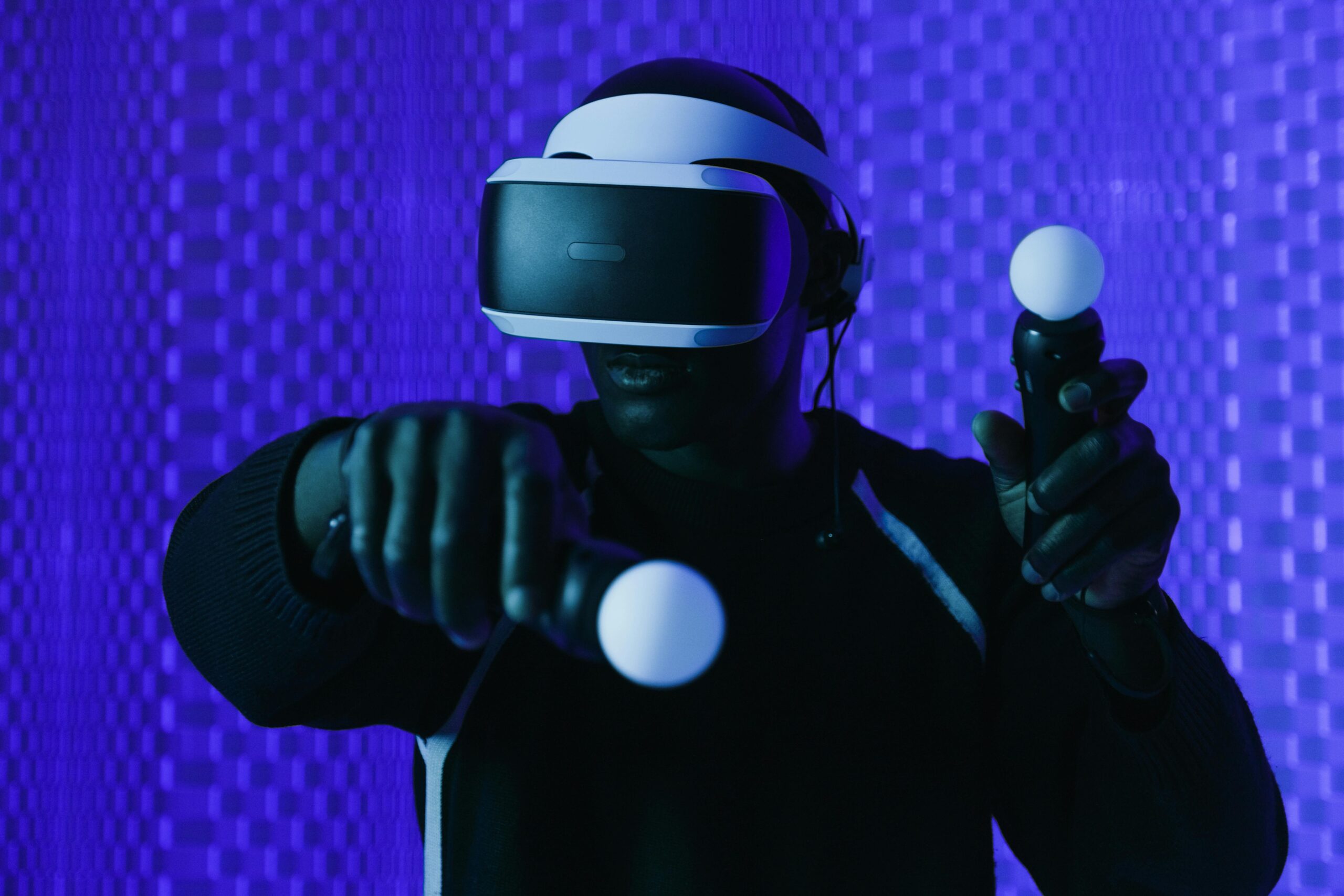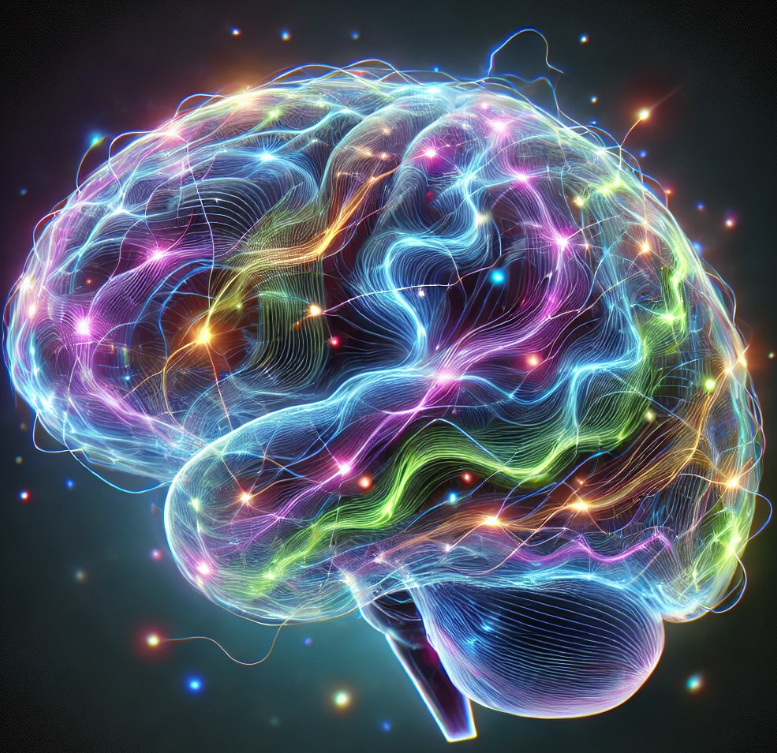
Virtual Reality (VR) has revolutionized various sectors, from gaming and entertainment to healthcare and education. Its ability to create immersive experiences allows users to engage with digital environments in ways that were once considered science fiction. At the same time, advancements in brain-computer interface (BCI) technologies, particularly electroencephalography (EEG), have opened up new possibilities for understanding and interacting with the human brain. Among these, dry EEG technology has emerged as a non-invasive and user-friendly alternative to traditional wet EEG systems. The convergence of VR and dry EEG is an exciting frontier with potential applications that could reshape our understanding of both fields.
Understanding VR and EEG Technologies

What is Virtual Reality?
Virtual Reality (VR) is a technology that simulates a user’s physical presence in a digital environment. Using VR headsets and controllers, users can interact with and explore simulated worlds as if they were physically present. The key appeal of VR lies in its ability to offer an immersive experience, making it highly valuable in areas such as gaming, training simulations, therapy, and even social interactions.
What is Dry EEG?
Electroencephalography (EEG) is a method used to measure electrical activity in the brain. Traditional EEG systems require a conductive gel (wet EEG) to be applied to the scalp, which can be time-consuming and uncomfortable. This can create a barrier of entry to many users, particularly those who need a quick and clean interface, or for sensitive groups, which leads to an overall limit in the user population.
The Convergence of VR and Dry EEG
The integration of VR and dry EEG offers a unique opportunity to create more immersive and personalized experiences. This convergence allows for the real-time monitoring of brain activity while a user is engaged in a VR environment. The implications of this are profound, as it opens up new possibilities in several areas:
Neurofeedback and Cognitive Training
By combining VR with dry EEG, users can engage in neurofeedback training in a fully immersive environment. For example, a user could navigate a VR landscape that responds in real-time to their brain activity, helping them learn to control their mental states more effectively. This approach could be particularly beneficial for individuals with ADHD, anxiety, or other conditions where cognitive training is used as a treatment.
Brain-Computer Interface (BCI)
BCI, or Brain-Computer Interface, is a revolutionary technology that enables direct communication between the human brain and external devices. By translating brain signals into actionable commands, BCI opens up a world of possibilities. It offers independence to those with disabilities by allowing control of prosthetics. Beyond medical applications, BCI is revolutionizing how we engage with digital environments, from immersive gaming experiences to the hands-free operation of smart devices. It’s also paving the way for advancements in neurorehabilitation, mental health monitoring, and even enhancing cognitive functions. The potential of BCI is vast, and we’re just beginning to scratch the surface of what’s possible. An example of this with VR was a group utilizing Wearable Sensing’s DSI-VR300, this research group developed an open-source drone control application, which works in both augmented and virtual reality. The high quality EEG signal and easy-to-use design from the DSI-VR300 paired with their P300 application enabled real-time classification accuracy and control of a drone-based brain-computer interface application.

Enhanced Gaming and Entertainment
In the gaming industry, the combination of VR and dry EEG could lead to the development of games that adapt to a player’s emotional and cognitive state. Imagine a horror game that becomes more intense when it detects heightened fear or a puzzle game that adjusts its difficulty based on the player’s mental fatigue. Such innovations could create gaming experiences that are not only more engaging but also uniquely tailored to individual players.
Real-time Emotional and Cognitive Adaptation
One of the most exciting aspects of integrating dry EEG with VR in gaming is the ability to create games that respond in real-time to a player’s emotional and cognitive states. For instance, if a player is in a tense situation in a game, and their EEG data indicates heightened stress, the game could dynamically adjust by increasing the intensity of the scenario, making it more challenging and immersive. On the other hand, if the player’s EEG data suggests they are becoming too stressed or fatigued, the game could ease up, perhaps by providing a moment of calm or simplifying tasks to maintain engagement without overwhelming the player.

Personalized Gaming Experiences
Beyond real-time adjustments, the data gathered from dry EEG could be used to personalize entire gaming experiences. Developers could create profiles based on a player’s cognitive and emotional responses, which could then be used to craft experiences that match the player’s unique psychological profile. For example, a player who shows a high tolerance for fear might be presented with more intense horror scenarios, while a player who enjoys problem-solving might encounter more complex puzzles. This level of personalization could revolutionize the gaming industry by creating experiences that feel deeply tailored to each individual player, enhancing satisfaction and engagement.
Immersive Storytelling
Dry EEG could also transform storytelling within games. Imagine a narrative-driven game where the story unfolds based on the player’s emotional state. If a player is feeling particularly empathetic during a certain scene, the game could branch into a storyline that explores themes of compassion and connection. Conversely, if the player is feeling aggressive or competitive, the narrative could shift toward conflict and rivalry. This kind of adaptive storytelling could make games feel more like living, breathing worlds where the player’s every thought and feeling has a tangible impact on the unfolding story.
Multiplayer Dynamics
The integration of dry EEG in multiplayer games could introduce new dimensions of strategy and interaction. For example, in cooperative games, teams could use EEG data to monitor each other’s stress levels and cognitive load, adjusting their strategies to support teammates who are struggling or capitalizing on moments of peak performance. In competitive scenarios, EEG data could add a layer of psychological warfare, where players try to manipulate each other’s mental states to gain an advantage. This could lead to entirely new genres of gameplay where understanding and influencing the psychological states of other players is as important as traditional gaming skills.
Education and Training
In educational settings, VR combined with dry EEG could offer a new way to assess and enhance learning. Students could be placed in immersive learning environments that adapt in real-time to their cognitive states, ensuring that they are neither overwhelmed nor under-stimulated. This technology could also be used in professional training, particularly in high-stress fields like aviation or medicine, where real-time monitoring of cognitive load could be crucial.
DSI Vr-300
Wearable Sensings Dsi Vr-300 represents an interesting development in the integration of dry EEG technology with virtual reality. This device combines the immersive capabilities of VR with the ability to monitor brain activity in real-time, using dry electrode sensors that do not require conductive gels. This design choice makes the VR 300 more comfortable for longer sessions, whether in gaming, education, or therapeutic applications. By capturing EEG data during VR use, the device allows for the potential of more personalized experiences, where the virtual environment can adapt to the user’s cognitive and emotional states. The VR 300 is a step forward in exploring how our brain activity can interact with digital experiences in real-time.
Conclusion
The intersection of Virtual Reality and dry EEG technology is an exciting area of innovation with vast potential. From personalized gaming experiences to advanced cognitive training techniques, the possibilities are extensive. As technology continues to evolve, the fusion of VR and dry EEG could lead to new ways of understanding and interacting with the brain, creating immersive experiences that are not only entertaining but also beneficial to our cognitive development.
Written By Alec Maurer
